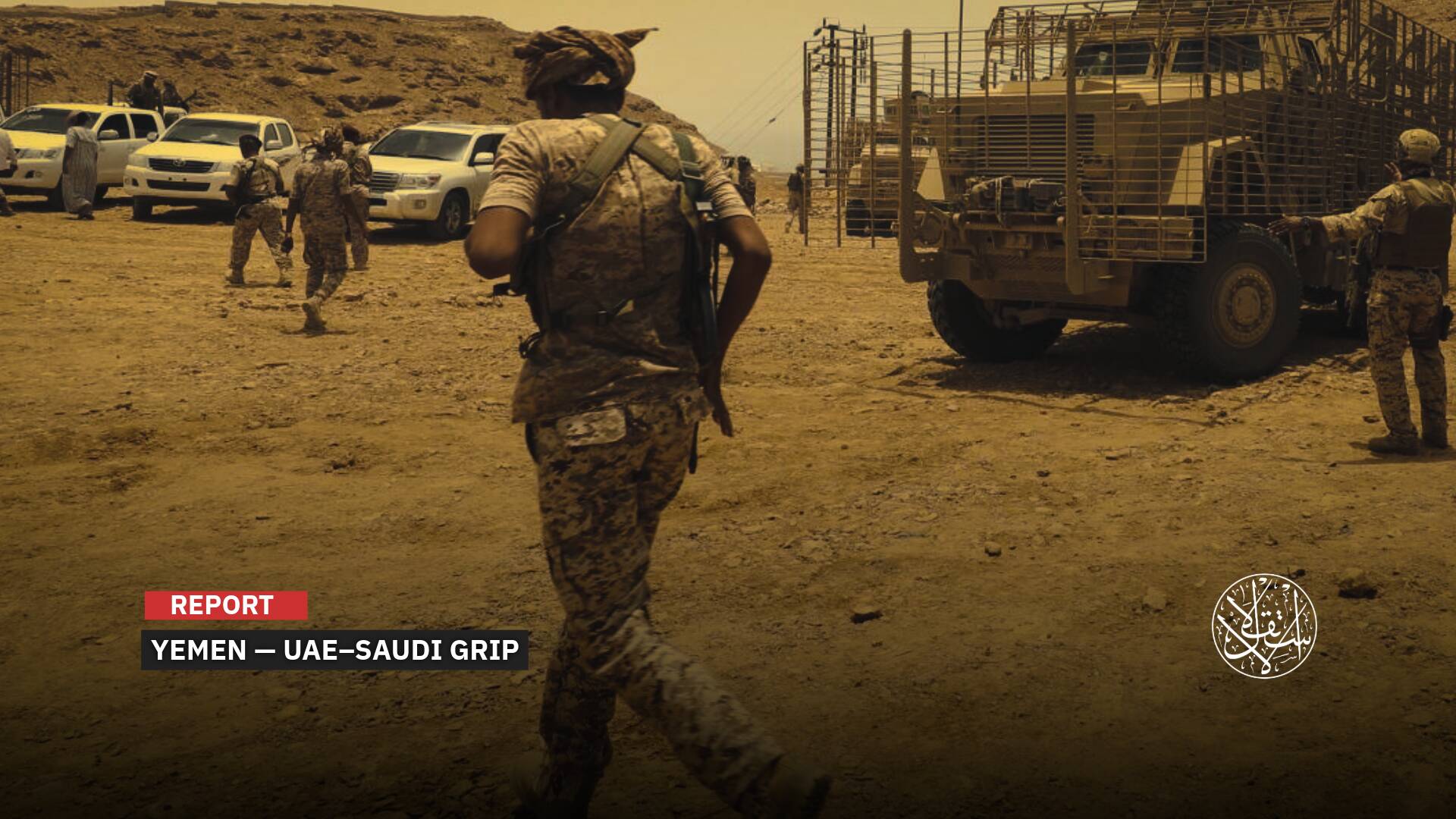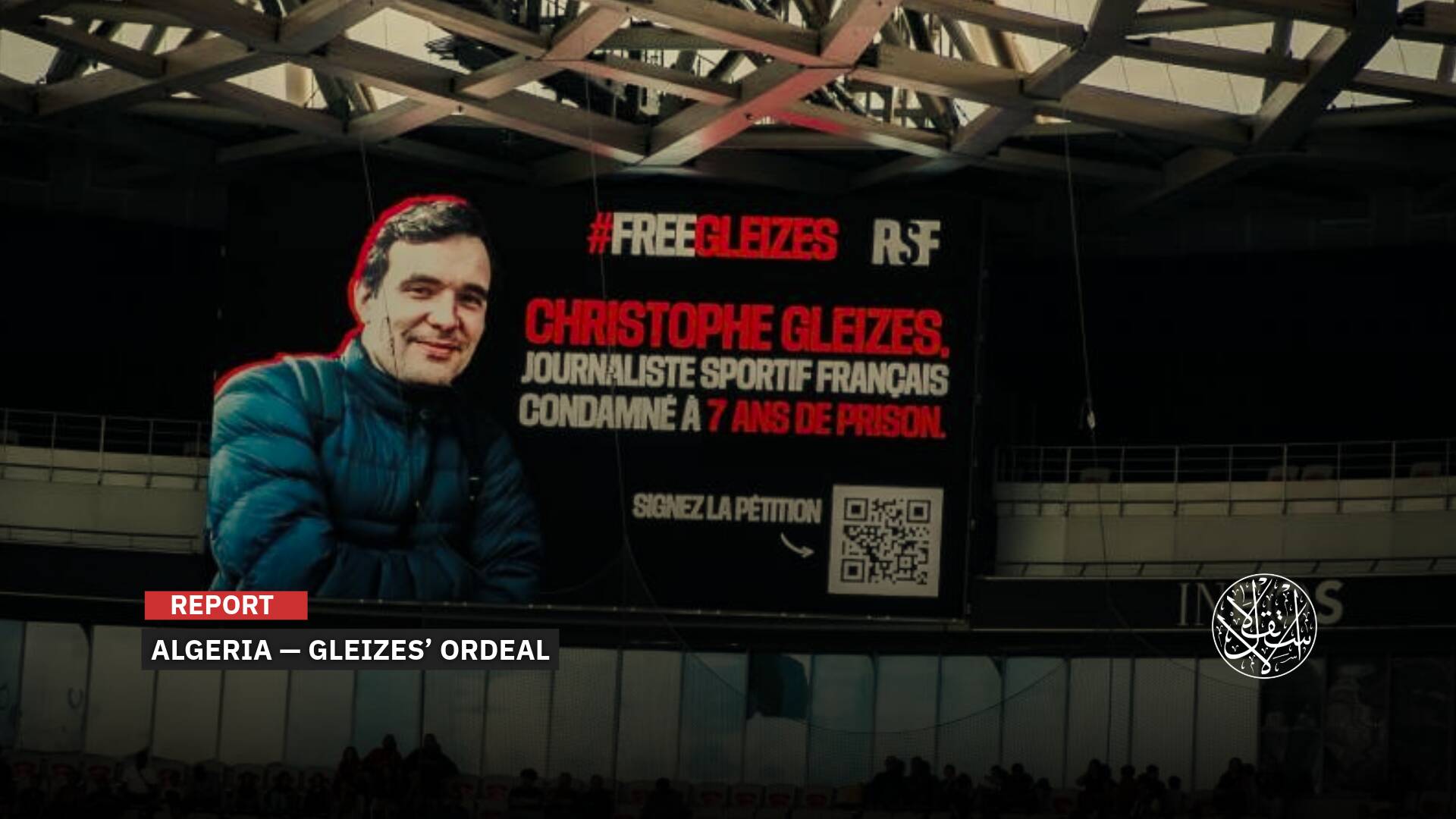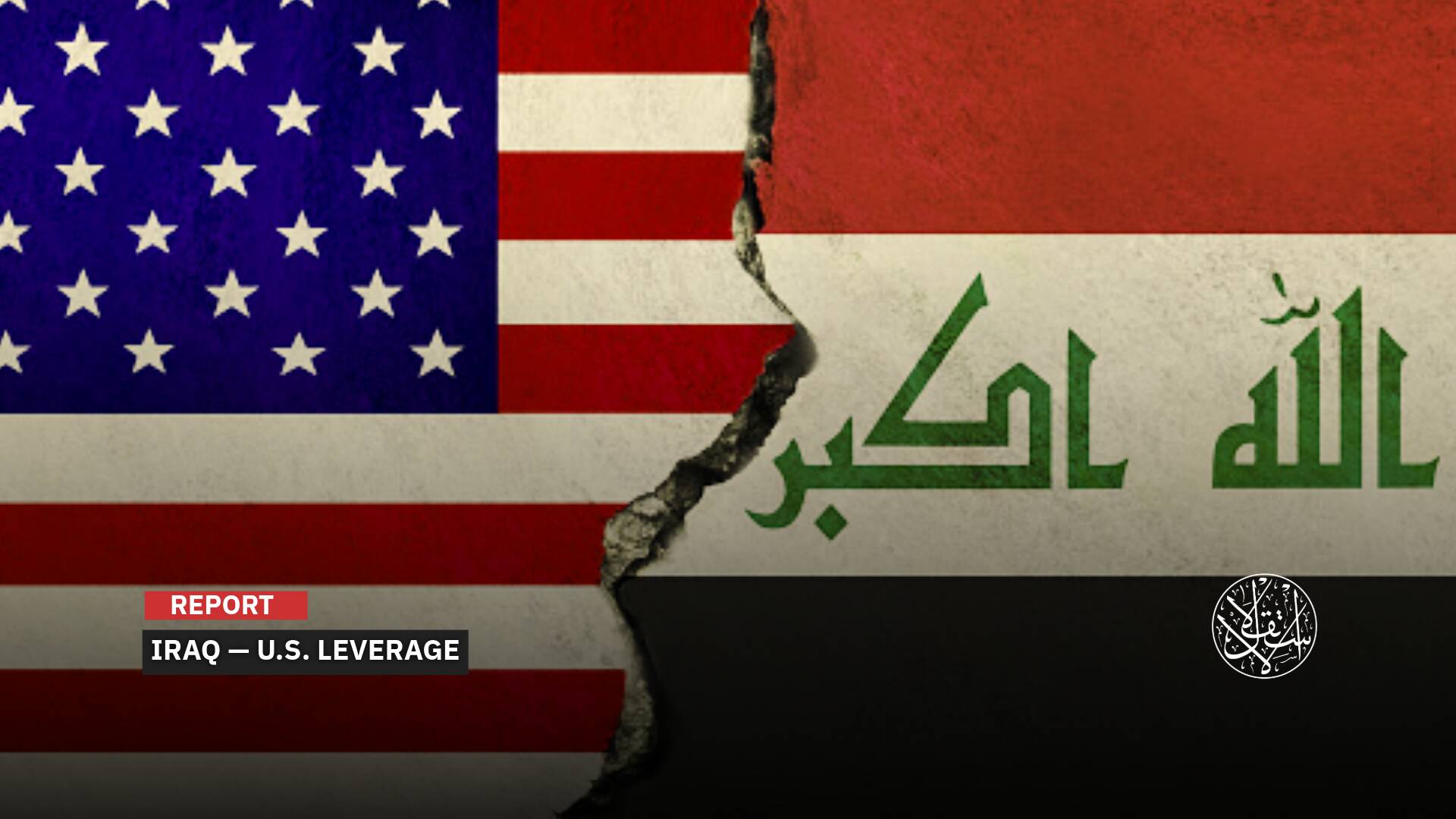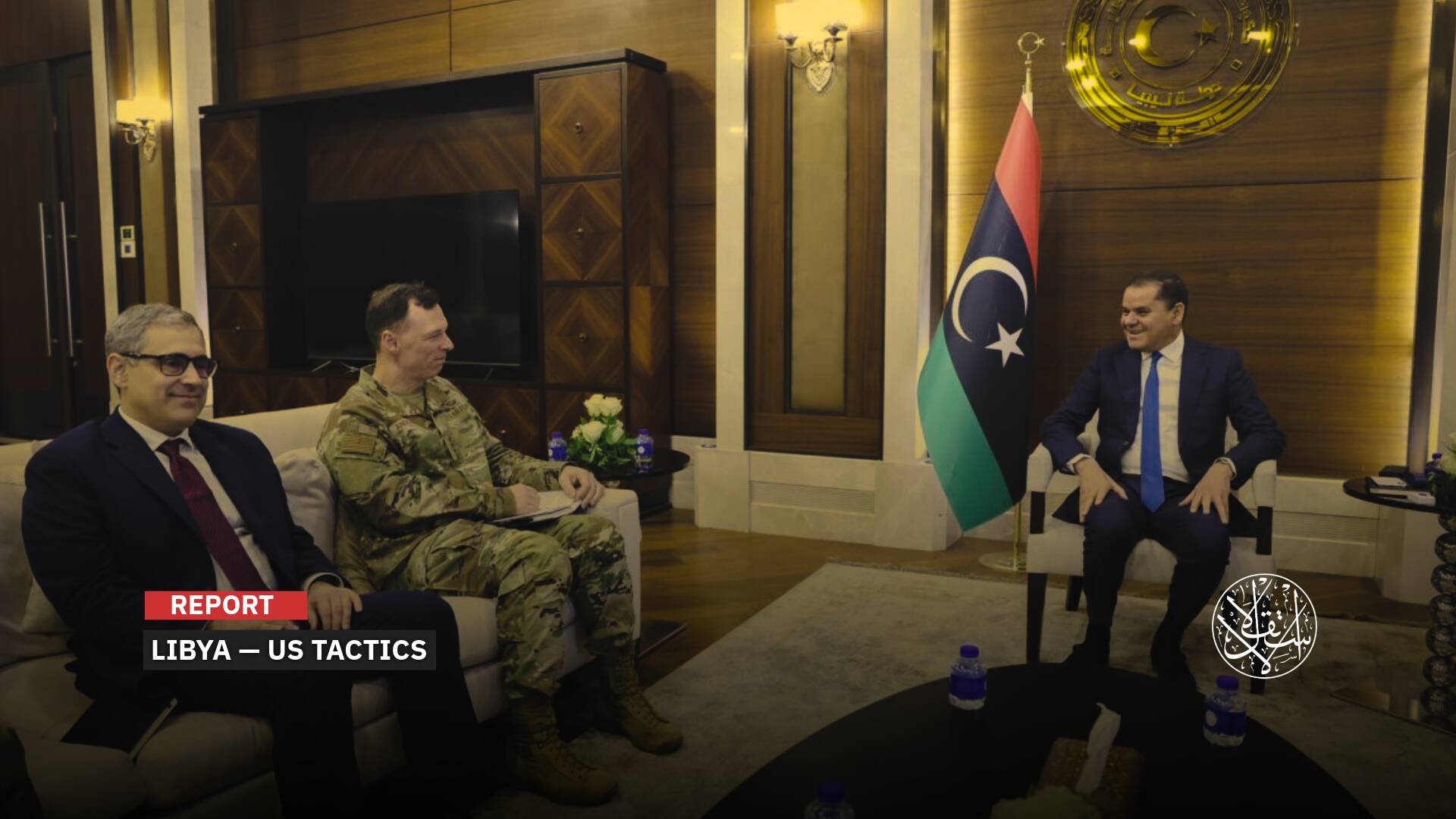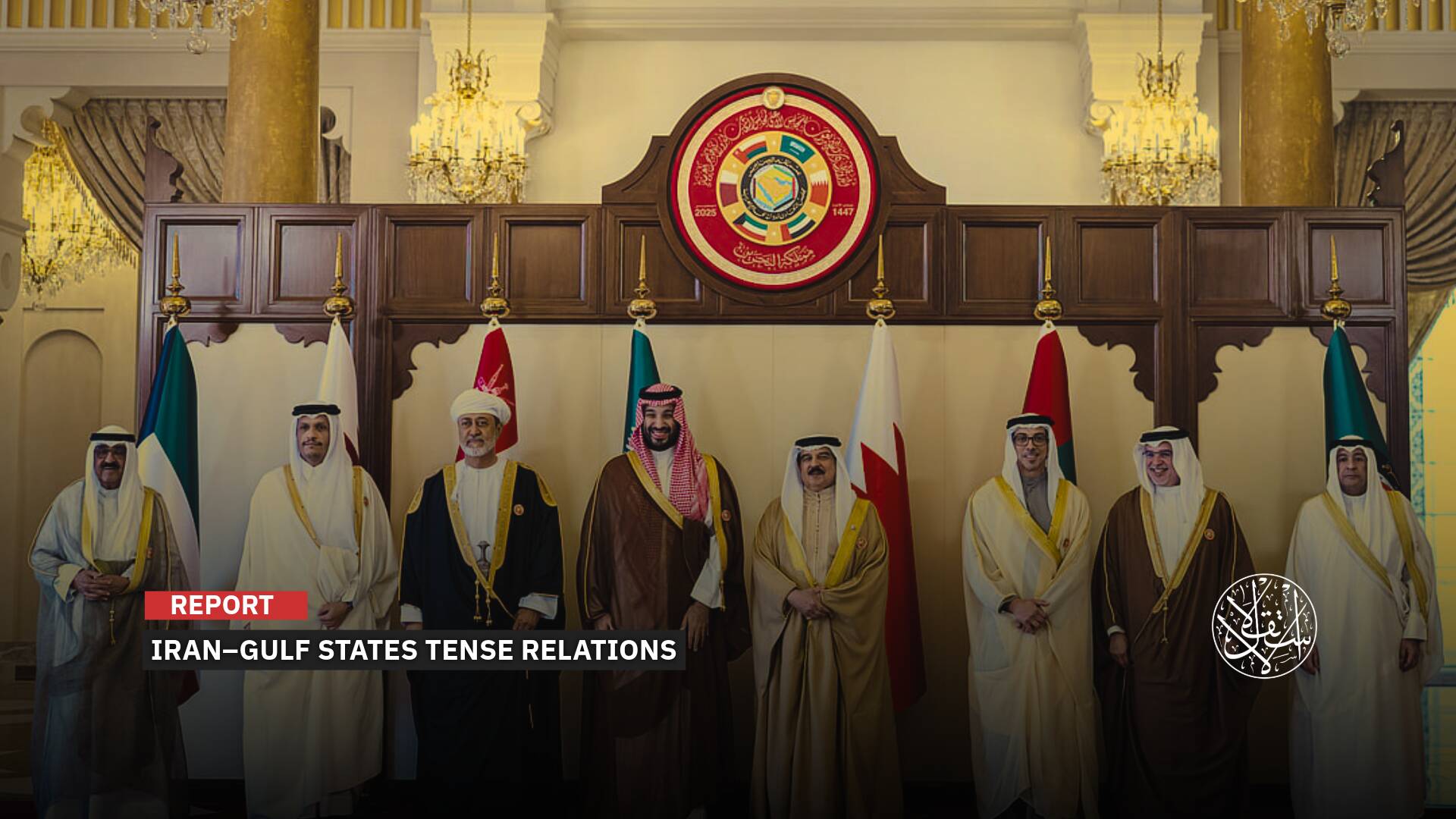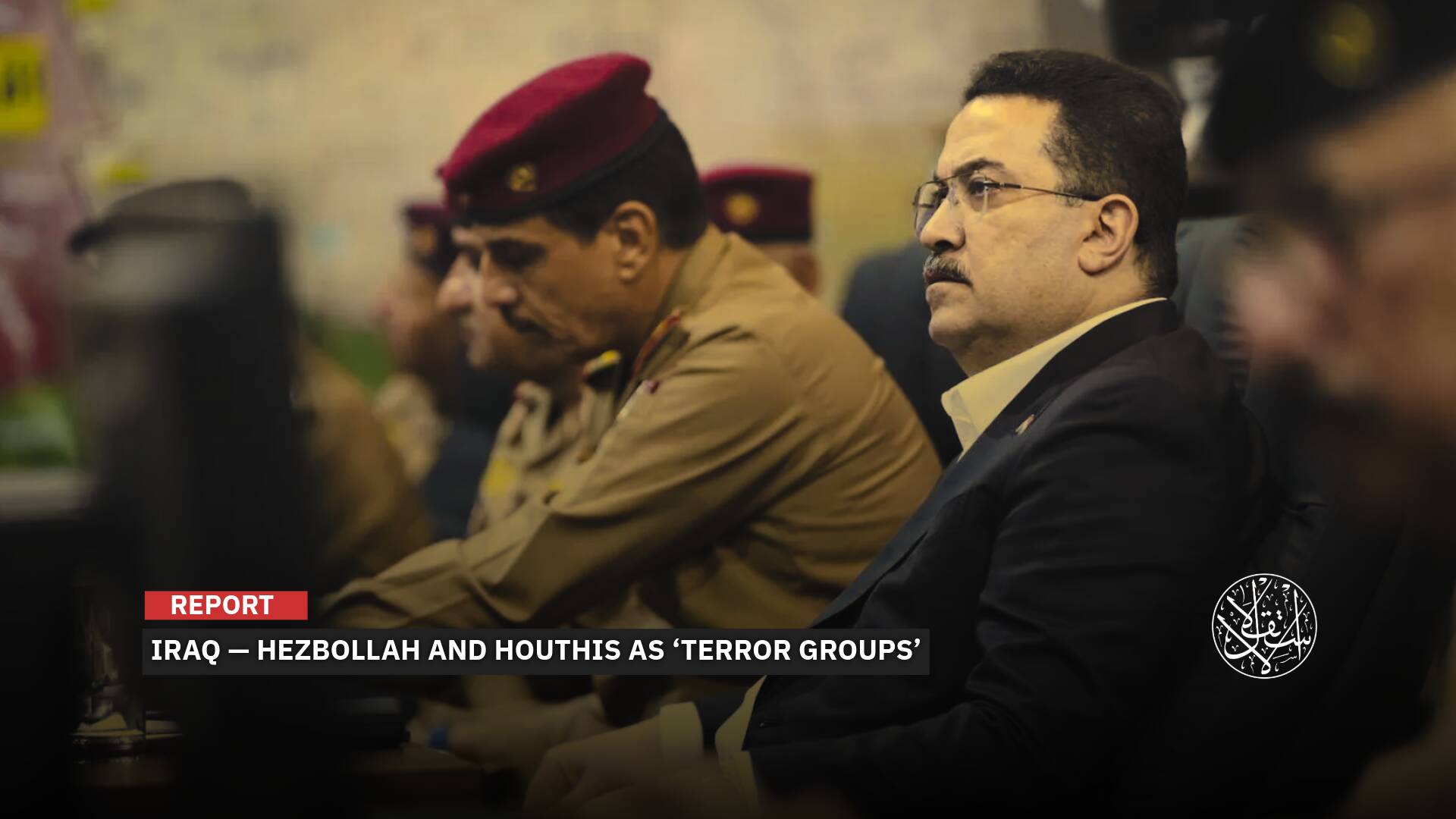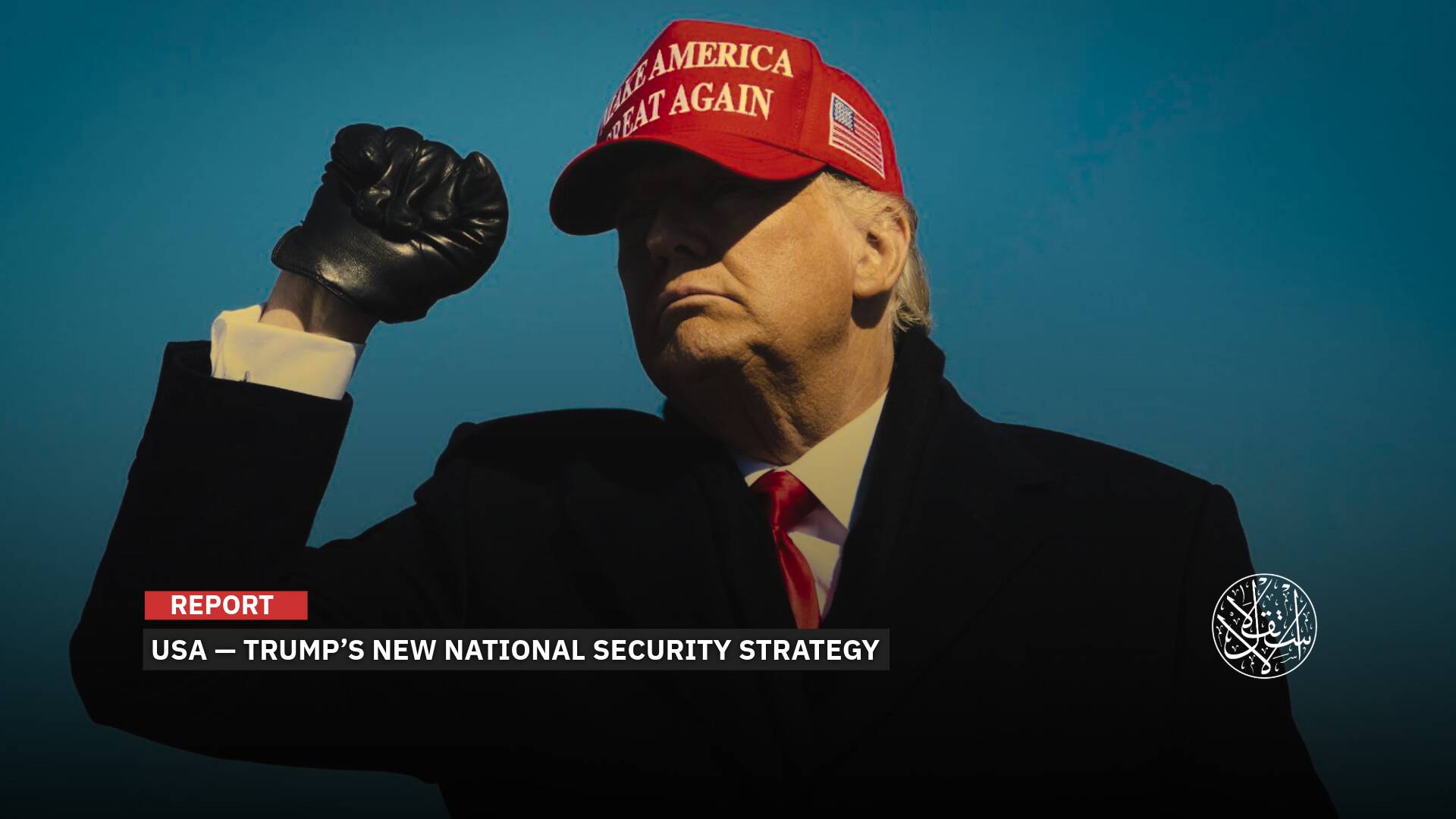Not in the Deal: The Heavy Price Israeli Occupation Is Paying for the Gaza Deal
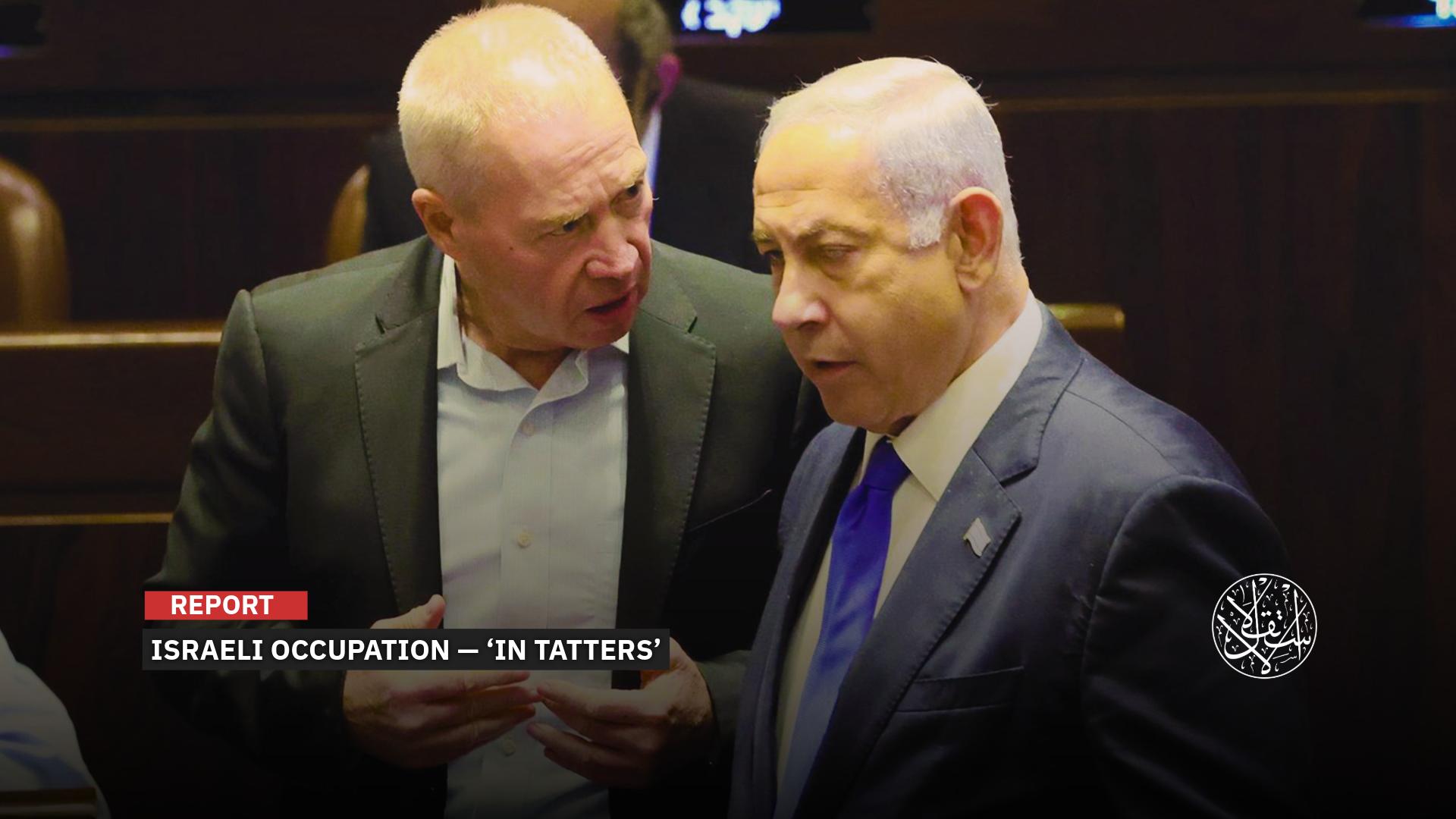
Israeli analysts revealed hidden concessions the Netanyahu government made in the deal.
Beyond the 20 public clauses of the Gaza Deal, the Israeli Occupation is expected to pay heavy political prices that were never mentioned in the official announcement.
Among these costs is a U.S.–Qatar defense agreement that will bar “Israel” from targeting Hamas leaders on Qatari soil or launching any future attacks against Doha.
Another is the renewed closeness between Washington and Ankara, following Turkiye’s role in brokering the deal, which could lead the United States to approve the sale of F-35 fighter jets to Turkiye.
The agreement also revived momentum for the idea of a Palestinian state and the two-state solution, referencing “a credible path leading to recognition of the state, with both sides engaging in dialogue for coexistence.”
A Palestinian state has now become a growing international demand, especially after several major European countries recognized it.
On top of that, “Israel’s” global image has collapsed, forcing it to spend billions on public relations campaigns to counter its portrayal as a state that committed genocide.

After the Gaza Deal
While Prime Minister Benjamin Netanyahu, wanted by the International Criminal Court for committing war crimes, focused on declaring what he called “victory,” Israeli think tanks and newspapers were preoccupied with the heavy prices the Israeli Occupation is now paying because of the Gaza deal.
They emphasized that the issue of Hamas and Gaza is no longer a local problem that can be handled narrowly, as its repercussions have extended across the region and the world.
The Middle East Forum, an Israeli outlet, even argued on October 10, 2025, that the suicide or killing of Israeli captives would have been “better for Israel,” citing mythical biblical stories such as King Saul’s suicide and Samson’s death to avoid humiliation in captivity—claiming that “becoming a hostage meant becoming a weapon against their own people.”
Israeli analyst Zvika Haimovich wrote in Israel Hayom on October 9 that after the Gaza deal, “Israel” would pay “a heavy price.”
He said that regardless of the debate around the Gaza agreement, one thing is beyond dispute: “the costs that were never part of any offer or negotiated deal.”
Haimovich identified the U.S.–Qatar defense pact as one of “Israel’s” major losses, explaining that after U.S. President Donald Trump signed an executive order turning it into a full defense treaty, Qatar became a safe haven for Hamas leaders. As a result, “Israel” lost the flexibility to target senior Hamas officials and could no longer attempt assassinations on Qatari soil.
He also warned that Washington’s approval to supply Turkiye with F-35 fighter jets would disrupt “Israel’s” qualitative military edge in the region, a principle deeply embedded in U.S. law.
According to Haimovich, Turkiye’s mediation role in the Gaza negotiations made it “a central and active player in the Israeli–Palestinian conflict,” something that does not bode well for the Israeli Occupation.
He added that Turkiye’s expected operation of the world’s most advanced fighter jet—likely to fly over Syrian airspace—is a scenario “Israel” had long hoped to avoid.
Turkiye’s growing influence also became evident when Netanyahu skipped the Sharm el-Sheikh summit after Turkish President Recep Tayyip Erdogan reportedly threatened to withdraw if he attended, despite denials from pro-government security expert Khaled Okasha.
Following the signing of the Gaza Agreement, Israel Hayom said on October 14 that Turkiye is the biggest winner of the deal, and its support for Trump will come at a price.
The paper explained that the Turkish army would be part of the international force deployed in Gaza and that Ankara would play a key role in the reconstruction process. In this way, President Recep Tayyip Erdogan has achieved what he wanted from the very beginning of the war: a foothold and direct influence in Gaza.
It added that the diplomatic rewards Turkiye is receiving from the United States could bring about a major shift in the regional balance of power.
Meanwhile, Oded Ailam, former head of “counterterrorism” at Mossad, pointed to other consequences of Turkish involvement in the Gaza issue and the Palestinian cause as a mediator.
“We are seeing in the last week something that is very peculiar-we haven't seen it before-is the Turks together with the Hamas are trying to establish some sort of a stronghold in Syria in the region of Daraa, which is on the border of Jordan,” he said.
“It seems like they are preparing an alternative to Gaza.”
Although the issue of a Palestinian state was not mentioned, even indirectly, in any of the negotiations or proposals discussed over the past two years, Trump’s twenty-point plan included two clauses addressing it as part of the price of the Gaza deal.
The plan explicitly called for opening a credible path that will lead to recognition and for both parties to engage in dialogue toward coexistence.
For many in the Israeli Occupation, this marked a strategic setback: in trying to resolve the Gaza issue, “Israel” created new challenges for itself. Simply agreeing to discuss the idea of a Palestinian state is seen as a loss and a source of deep anxiety after the events of October 7, 2023.
Israeli Occupation’s Isolation
The most significant price “Israel” continues to pay for the atrocities committed in Gaza is its growing international isolation—politically, economically, culturally, academically, and even in sports.
This cost was clear in the mind of Hamas leader, the martyr Yahya al-Sinwar, who concluded from his study of the history of the “conflict” that the most dangerous trap for “Israel” is to provoke a more violent reaction that puts it in confrontation with the world.
When Sinwar envisioned the large-scale confrontation with the Israeli Occupation back in 2022, he foresaw a prolonged battle that would ultimately lead to “Israel’s” isolation, forcing it to recognize a Palestinian state and ending its normalization within the region.
Al-Estiklal previously documented five dimensions of this isolation, a scenario Netanyahu himself once warned about and vowed to defy through what he called the “Sparta prophecy.”
A New York Times analysis published on October 12, 2025, noted that beyond the material and human costs, “Israel’s” greatest damage has been to its relationship with its closest ally, the United States.
David Halbfinger, the newspaper’s Occupied Jerusalem bureau chief, wrote that “Israel’s” reputation in America is now “in tatters,” as political elites, religious groups, and even evangelicals have turned against it—not just students or progressives, but a broad cross-section of U.S. voters.
Even American Jews, historically “Israel’s” staunchest supporters, have become increasingly critical of Prime Minister Benjamin Netanyahu, wanted by the International Criminal Court, and his far-right government.
A Washington Post poll found that a majority of American Jews now believe “Israel” committed war crimes after killing tens of thousands of civilians and blocking access to humanitarian aid.
Explaining this shift, University of Maryland professor and pollster Shibley Telhami said, “We now have a paradigmatic Gaza generation like we had a Vietnam generation and a Pearl Harbor generation.”
“There’s this growing sense among people that what they’re witnessing is genocide in real time, amplified by new media, which we didn’t have in Vietnam. It’s a new generation where Israel is seen as a villain. And I don’t think that’s likely to go away,” he added.
“Israel’s” global isolation has become evident through a wave of suspensions and reviews of trade and defense agreements by its European allies and partners, alongside repeated threats from the European Union to impose sanctions on extremist ministers in Netanyahu’s government.
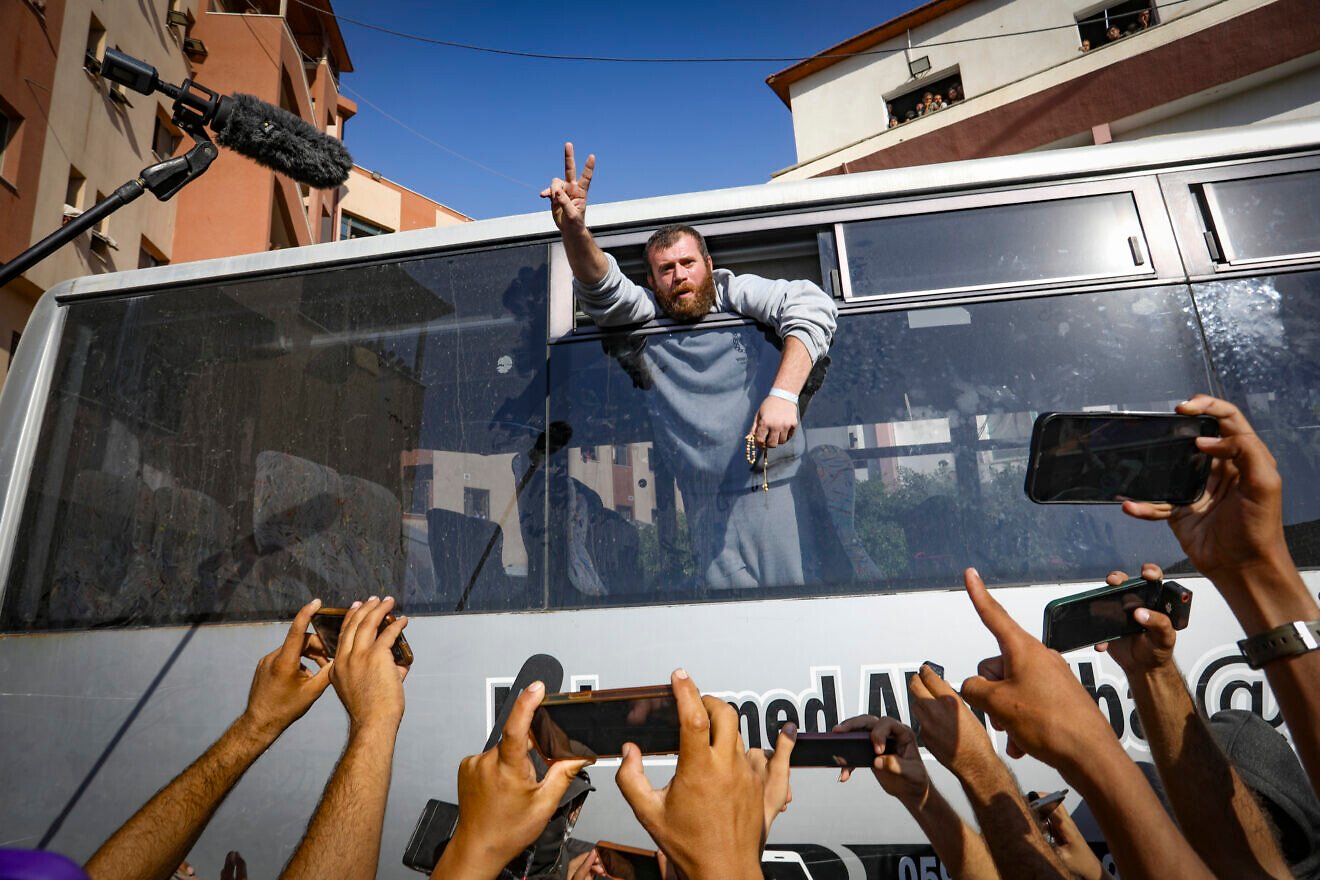
Hidden Concessions
Beyond the political and strategic costs the Israeli Occupation has paid for its war on Gaza and the subsequent deal, Israeli commentators have revealed a series of concessions quietly buried in the agreement, ones Prime Minister Benjamin Netanyahu’s government has deliberately kept from public view.
Ronen Bergman, an Israeli analyst and New York Times correspondent writing in Yedioth Ahronoth on October 12, 2025, detailed some of these hidden compromises. He noted that Netanyahu’s five declared goals for the war on Gaza—which he called the “War of Renewal”—have largely collapsed, with only one partially achieved: the destruction of Gaza itself.
According to Bergman, “Israel” failed to dismantle Hamas’s military capacity, disarm the Gaza Strip, establish full Israeli security control, or create an alternative civilian government independent of both Hamas and the Palestinian Authority.
Back in August 2025, Netanyahu had declared that these five principles will ensure “Israel’s security.” “This is the meaning of the word ‘victory.’”
Yet Bergman pointed out that anyone watching Trump announce the Gaza Plan would wonder how Netanyahu could call it a victory and questioned that if those principles defined absolute triumph, how the current situation could be described after failing to meet most of them.
He mocked the government’s narrative and said they’re selling the Gaza deal as a total success while the concessions run deep. Citing an Israeli intelligence source, Bergman said Netanyahu owes the public answers: Why is this agreement being marketed as a triumph when it’s riddled with serious compromises?
One such concession, the source said, is the very framework of the agreement signed in Sharm el-Sheikh. Contrary to Israeli government statements, the first clause of the deal explicitly states that President Trump will declare the end of the war in Gaza, and all parties have agreed to take the necessary steps to implement it.
The second clause adds that hostilities will cease immediately upon “Israel’s” approval of the agreement, including all airstrikes, artillery fire, and offensive operations. These terms, however, were omitted from Netanyahu’s official announcement.
A Foreign Policy report published on October 9, 2025, warned that Trump’s plan faces severe political and security hurdles that could block future negotiations and prevent a lasting settlement.
Among the main obstacles are Hamas’s disarmament, which the movement flatly rejects while “Israel” insists on it as a prerequisite for the plan’s implementation; the withdrawal of Israeli Occupation forces from Gaza, outlined as a gradual process in Trump’s plan, though its timeline and geographic details remain vague; and the governance of Gaza, a particularly thorny issue.
The plan proposes a technocratic Palestinian government under international supervision, with an “International Peace Council” chaired by the U.S. president. While Hamas has shown initial willingness to relinquish administrative control, it refuses to give up its political role entirely, a position both “Israel” and Washington reject.
Finally, Foreign Policy pointed to fierce opposition within Netanyahu’s own far-right coalition. Finance Minister Bezalel Smotrich and National Security Minister Itamar Ben-Gvir have threatened to withdraw from the government if the agreement proceeds, potentially collapsing the coalition and triggering early elections.
These unresolved disputes may make implementing the Gaza deal far more complicated than the war itself, according to the magazine.
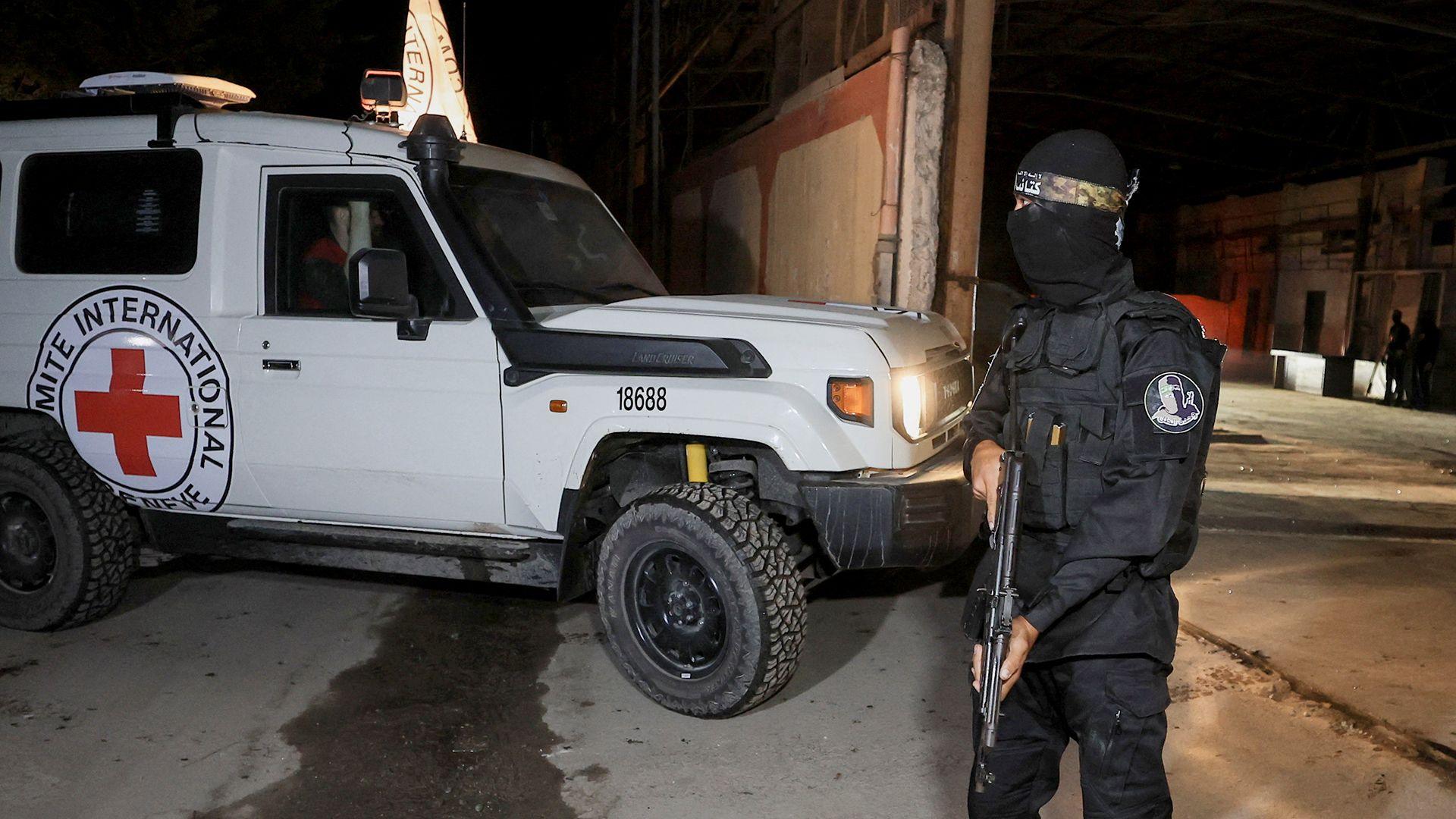
Other Prices
Western and Israeli estimates point to additional costs the Israeli Occupation has paid for the war on Gaza and Trump’s deal, including the release of Palestinian detainees and the immense financial burden of its two-year genocide on the Strip.
As part of the agreement, “Israel” agreed to free a large number of Palestinian detainees in exchange for the release of Israeli captives held by Hamas—a trade described by both The Palestine Chronicle and the Jewish News Syndicate (JNS) on February 14, 2025, as one of “Israel’s” most painful concessions.
The financial toll of the war has also been staggering. By the end of 2024, the cost of the genocide on Gaza had reached roughly 250 billion shekels, about $67 billion, with an additional 170 billion shekels spent during 2025.
Beyond the direct military expenses, the Israeli Occupation has suffered major economic losses, declining revenues, reduced investment, a steep drop in tourism, rising inflation, and a weakening currency.
According to Trading Economics, “Israel’s” domestic and foreign debt now exceeds $400 billion, with annual interest payments alone ranging between $12 and $13 billion, a significant strain on the national budget, especially amid soaring defense spending.
Official data show that “Israel’s” total public debt stands at 1.35 trillion shekels ($406 billion), with 60 billion shekels ($18 billion) to be paid this year in interest alone, not including principal repayments.
The debt-to-GDP ratio has climbed to around 67 percent, largely due to wartime spending and defense expansion, according to the economic index Moody’s.
External debt owed to foreign entities amounts to about $149.8 billion as of the first quarter of 2025. Interest payments represent 9.1 percent of government revenue and 7.7 percent of total expenditures, according to World Bank data from 2023.
Sources
- ‘Heavy Price’ – Concerns over Ceasefire Deal Emerge in Israeli Politics
- A Test Now for Israel: Can It Repair Its Ties to Americans?
- The Biggest Hurdles to the Next Phase of Trump’s Gaza Deal
- Why Israel Must Never Negotiate for Hostages Again
- Israel is far from victory in Gaza, experts warn
- What Did Israel Really Sign? The Concessions Hidden from the Public and the Achievements That Never Materialized [Arabic]


